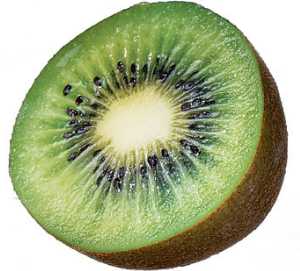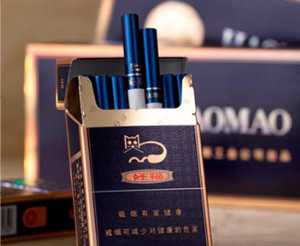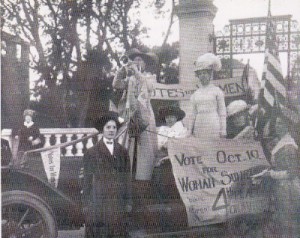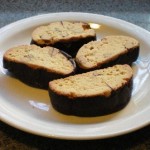Have you ever heard of Frieda Caplan? Few people have, and yet this remarkable woman has done more to change the way that Americans eat than any other single person in history. Frieda Caplan began selling fruit and mushrooms at the Los Angeles wholesale produce market in the late 1950s. For a long time, she was the only woman to head a wholesale produce company anywhere in the United States. Caplan observed that people would not buy or eat an unfamiliar fruit if they didn’t like the sound of its name, so she started renaming them, and the names she picked stuck.
 The first was Chinese gooseberries. When I was a kid, I had heard of Chinese gooseberries, but I had never seen one. The name of this fruit is unappealing, and it is a misnomer. At the time, all commercial Chinese gooseberries were being grown in New Zealand, and they have nothing to do with geese. Plus, during the Cold War, Americans had a very negative view of anything associated with China. In 1962, Frieda Caplan renamed them ‘kiwifruit,’ and sales skyrocketed. Today, the whole world calls them ‘kiwifruit.’ In 1962, Frieda Caplan sold 2,400 pounds of ‘Chinese gooseberries.’ In 1986, she sold 1,000,000 pounds of ‘kiwifruit.’ There are many fruits and vegetables that Frieda Caplan either renamed or introduced to the United States, including: shitake mushrooms, elephant garlic, purple potatoes, jicama, spaghetti squash, Asian apple pears, and habanero chilis. Frieda Caplan is now almost 90 years old and is still running her company, Frieda’s Produce, along with her daughter Karen.
The first was Chinese gooseberries. When I was a kid, I had heard of Chinese gooseberries, but I had never seen one. The name of this fruit is unappealing, and it is a misnomer. At the time, all commercial Chinese gooseberries were being grown in New Zealand, and they have nothing to do with geese. Plus, during the Cold War, Americans had a very negative view of anything associated with China. In 1962, Frieda Caplan renamed them ‘kiwifruit,’ and sales skyrocketed. Today, the whole world calls them ‘kiwifruit.’ In 1962, Frieda Caplan sold 2,400 pounds of ‘Chinese gooseberries.’ In 1986, she sold 1,000,000 pounds of ‘kiwifruit.’ There are many fruits and vegetables that Frieda Caplan either renamed or introduced to the United States, including: shitake mushrooms, elephant garlic, purple potatoes, jicama, spaghetti squash, Asian apple pears, and habanero chilis. Frieda Caplan is now almost 90 years old and is still running her company, Frieda’s Produce, along with her daughter Karen.






